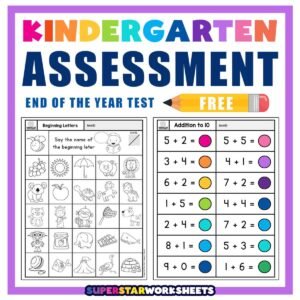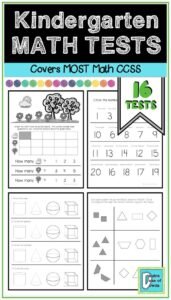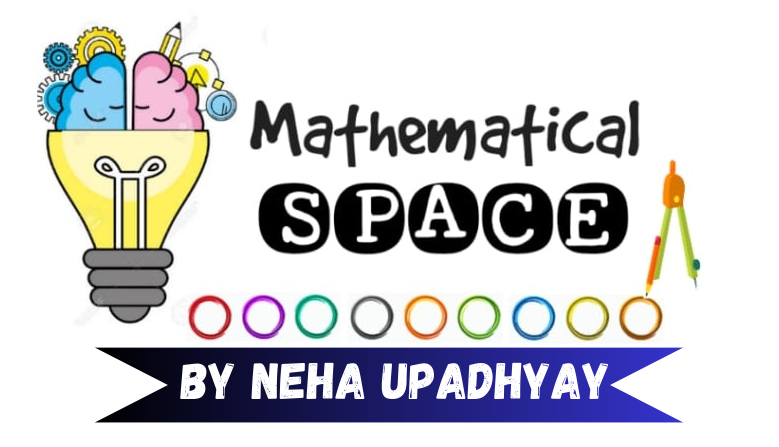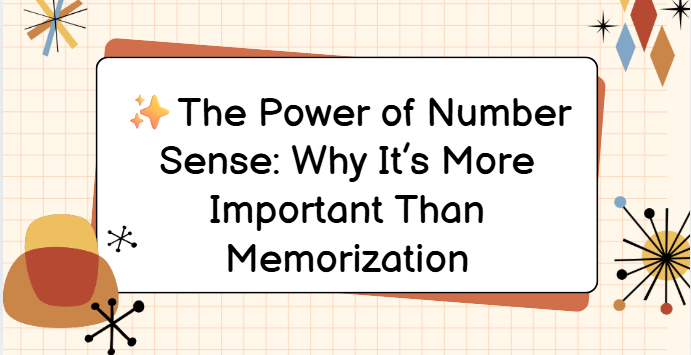
Kindergarten Math Tests: What Parents & Teachers Need to Know
Kindergarten Math Tests: What Every Parent Should Know
A Look into Early Math Learning in the U.S. and Canada
When you think of kindergarten, you probably picture finger painting, storytime, and lots of giggles—not tests. But believe it or not, math assessments actually play a quiet but important role in those early years.
In both the United States and Canada, kindergarten math evaluations aren’t about grades or pressure. They’re gentle tools that help teachers understand how kids are learning and where they might need a little extra support.
Let’s break it down.

Why Test Math in Kindergarten?
It might seem early to start thinking about tests, but early math skills are key building blocks for future learning. Counting, recognizing numbers, spotting patterns—all of these skills help shape how kids approach problem-solving and logic as they grow.
In fact, studies show that early math understanding is one of the strongest predictors of academic success down the road—even more than early reading skills in some cases.
So no, we’re not talking about formal exams with scantrons and silence. We’re talking about observation, play, and smart ways to check that young learners are heading in the right direction.
What Do Math Tests Look Like in the U.S.?
In the United States, education is mostly handled at the state level, so you’ll find different methods from district to district. Still, most schools assess math in three main ways:
1. Everyday Classroom Observations
Teachers are constantly watching and listening—not in a creepy way, but to see how kids interact with numbers and patterns during their daily routines. For example:
-
Does a child count correctly while playing with blocks?
-
Can they sort objects by size or shape?
-
Do they recognize numbers on a chart or calendar?
This kind of informal assessment is ongoing and super effective. Teachers often take notes, record what they see, or collect examples of student work to track progress over time.
2. Standardized Tools
Some schools use more structured assessments to see how students are doing in a measurable way. These are usually short and tailored for young children. Two common ones:
-
KRA (Kindergarten Readiness Assessment): Measures number sense, counting, comparing, shapes, etc.
-
DIBELS Math (in some regions): A quick snapshot of skills like number recognition and early operations.
These are usually done once or twice a year and help spot larger trends.
3. Standards-Based Checklists
Most states use guidelines based on frameworks like the Common Core State Standards, which outline what kids should know by the end of the year. Schools often create checklists based on these standards.
A typical math checklist might include:
-
Count to 20 or higher
-
Recognize numbers out of order
-
Identify and name basic shapes
-
Continue or create simple patterns
-
Understand simple adding or subtracting using objects or stories
Again, these aren’t high-stakes—just tools to keep everyone on track.
How Does Canada Approach Kindergarten Math Tests?
Canada takes a slightly different path. Education is handled provincially, so what happens in Ontario might look a bit different from what happens in British Columbia or Alberta. But the underlying goals? They’re remarkably similar.
1. Provincial Curriculum Expectations
Each province has its own curriculum. For instance:
-
Ontario’s Kindergarten Program emphasizes play-based learning, where math shows up in everyday activities.
-
British Columbia’s Early Learning Framework focuses on observation and natural exploration of math concepts.
What matters most is the child’s ability to count, recognize shapes, group objects, and compare sizes in meaningful ways.
2. Screening Tools (Used Selectively)
Some provinces use tools like the Early Years Evaluation (EYE). It’s not a traditional test—it’s more of a developmental snapshot. The math portions might involve things like:
-
Counting aloud
-
Matching quantities to numbers
-
Spotting simple patterns
-
Comparing more vs. less
This helps educators understand a child’s readiness and where to support them.
3. Ongoing Observations and Play-Based Assessment
Canadian classrooms often emphasize natural learning environments, where kids explore math through play. Teachers might use:
-
Journals or portfolios of student work
-
One-on-one conversations and activities
-
Checklists based on real-time behavior
So if a student builds a tower and says, “I used five blocks on the bottom and three on top,” the teacher knows they’re working with numbers meaningfully—even without a worksheet in sight.
What Skills Are Actually Being Assessed?
Whether you’re in Toronto or Texas, here are the core math skills that most kindergarten programs are watching for:
-
Counting objects accurately (usually up to 20)
-
Number recognition—seeing a “7” and knowing what it means
-
Sorting and grouping by color, size, or shape
-
Patterns, like ABAB or red-blue-red-blue sequences
-
Shapes and space—knowing the names of circles, triangles, etc.
-
Simple addition and subtraction using fingers, objects, or pictures
-
Comparing amounts, like more, fewer, taller, shorter
No calculators needed—just real-world math, seen through a child’s eyes.

Do These Tests “Count” for Anything?
Not in the way high school or college tests do. These early assessments are designed to:
-
Guide teachers in planning lessons
-
Help parents understand their child’s growth
-
Identify learning challenges early, before they snowball
So, while they don’t go on a permanent record or determine a child’s future, they’re still a big help in shaping the right support at the right time.
Final Thoughts
Kindergarten math testing is often misunderstood. It’s not about stress or performance—it’s about understanding where each child is, and giving them the tools to grow.
When done right, math in kindergarten doesn’t feel like math at all. It feels like games, stories, counting toys, and real-world fun. And that’s exactly the point.
Because if kids learn early on that numbers aren’t scary—and that they can solve problems, recognize patterns, and explore ideas with confidence—they’re already winning the game.

Our website
Our instagram


